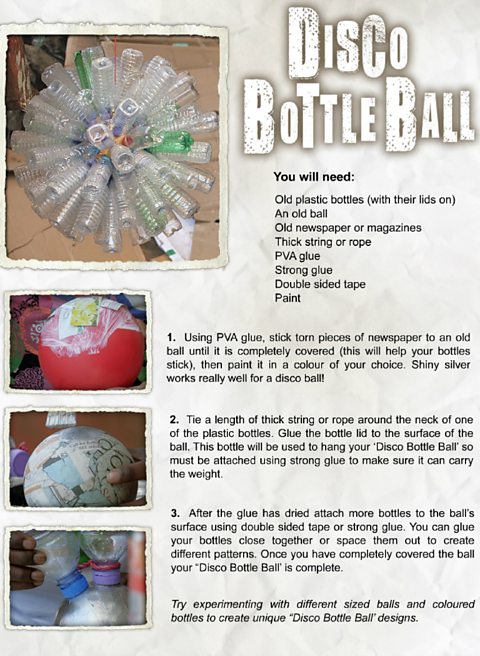Audience

To find out who the audience is for a certain text try answering the following questions:
- Who is the text aimed at?
- Can you work out what age group they are from the language or layout?
- Are they people who are interested in a specific topic?
The audience for a local newspaper is very different from a national music magazine, for example. Writers tailor their texts to their audience carefully. They consider them in how they write sentences, what vocabulary they use and the style of their writing.
Any contextThe factors surrounding a text that help us to understand it; the background events that help to explain something. information you have about a text may give you some clues to its audience. You can also work out who it is aimed at by looking at:
- The topic вҖ“ is it about something of particular interest to a group?
- The tone вҖ“ is it chatty or formal?
- The words вҖ“ does it use specialist vocabulary, or easy words, or polysyllabicWords with more than one syllable. ?
- Does it use Standard EnglishA form of speech that lays claim to a grammatical 'correctness' and clear pronunciation. This is sometimes called 'ҙуПуҙ«ГҪ English'. or dialectThe language of a particular subset of English speakers - often those living in a particular place - having its own unique diction, vocabulary, spelling and even grammar.?
- Does it use вҖҳyouвҖҷ and if so, what kind of characteristics does that вҖҳyouвҖҷ seem to have?
- Is the layout changed for the audience and purpose? For example, does it use more grown-up colours and a layout that you would expect from a text for adults?
Example
Here is an example text from the CҙуПуҙ«ГҪ website. How can you tell the purpose of the text and the intended audience?

Analysis
The purpose of the text is to inform, and the intended audience is children. This is clear because:
- The layout of the page has a fun, colourful theme with plenty of visual images to go with the content of the article.
- The language is imperativeLanguage that commands or instructs the reader., and the order of the texts is numbered into a step-by-step guide to show that the article is to instruct the reader to do something.
- The language is informal, using exclamation marks to show that it is trying to create a fun tone for the reader as they create the task вҖҳShiny silver works really well for a disco ball!вҖҷ